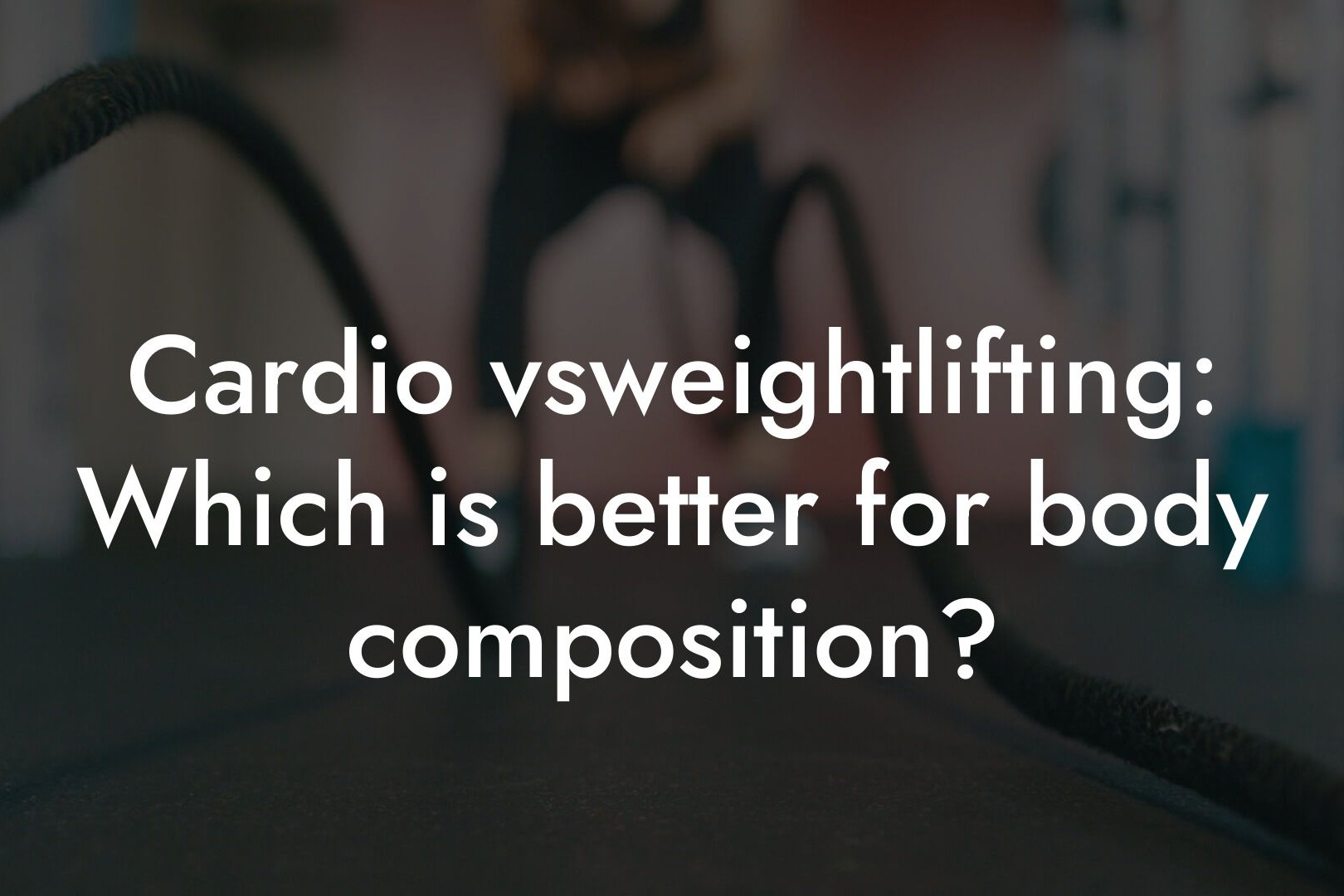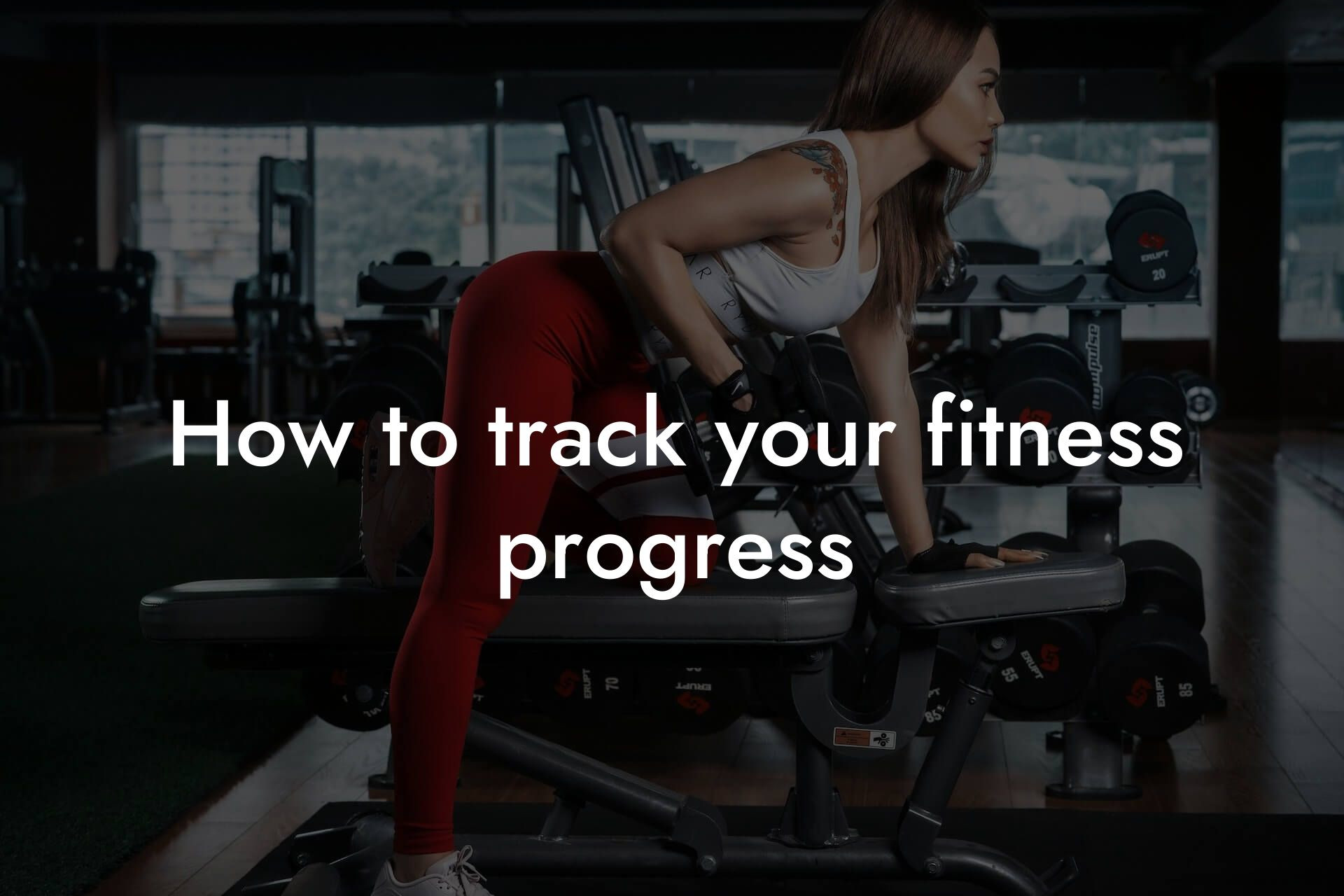As high-earning professionals, you understand the importance of maintaining a healthy and fit physique to perform at your best in both personal and professional life. At Tano Performance Group, we believe that flexibility is a crucial aspect of physical performance that is often overlooked. In this article, we will delve into the role of flexibility in physical performance, its benefits, and how to improve it.
Table of Contents
- What is Flexibility?
- Why is Flexibility Important for Physical Performance?
- The Benefits of Flexibility for Physical Performance
- How to Improve Flexibility
- Types of Flexibility Exercises
- Common Mistakes to Avoid When Improving Flexibility
- How DEXA Scans Can Help Improve Flexibility
- Frequently Asked Questions
What is Flexibility?
Flexibility refers to the range of motion of a joint or a series of joints. It is the ability of your muscles, tendons, and connective tissue to lengthen and move through a full range of motion. Flexibility is specific to each joint and can vary from person to person. For example, some people may have excellent flexibility in their hips but struggle with flexibility in their shoulders.
Why is Flexibility Important for Physical Performance?
Flexibility is essential for physical performance because it allows for efficient and effective movement. When you have good flexibility, you can move your joints through a full range of motion, which reduces the risk of injury and improves overall performance. Good flexibility also enables you to generate more power and speed, making it an essential component of athletic performance.
The Benefits of Flexibility for Physical Performance
Improved flexibility has numerous benefits for physical performance, including:
- Enhanced athletic performance: Good flexibility allows for more efficient and effective movement, leading to improved athletic performance.
- Reduced risk of injury: When you have good flexibility, you are less likely to suffer from injuries, such as muscle strains and tears.
- Improved posture: Good flexibility helps to maintain proper posture, reducing the risk of back and neck pain.
- Increased range of motion: Flexibility exercises help to increase range of motion, making it easier to perform daily activities.
How to Improve Flexibility
Improving flexibility requires a combination of stretching exercises, strength training, and lifestyle changes. Here are some tips to help you improve your flexibility:
- Incorporate stretching exercises into your daily routine: Focus on static stretches that hold the muscle in a lengthened position for 15-30 seconds.
- Engage in activities that promote flexibility: Activities such as yoga, Pilates, and dance can help to improve flexibility.
- Incorporate strength training: Building strength in your muscles can help to improve flexibility.
- Make lifestyle changes: Reduce sedentary activities, and incorporate more movement into your daily routine.
Types of Flexibility Exercises
There are several types of flexibility exercises, including:
- Static stretches: These are stretches that hold the muscle in a lengthened position for 15-30 seconds.
- Dynamic stretches: These are stretches that involve movement, such as arm circles and leg swings.
- Ballistic stretches: These are stretches that involve bouncing or jerking movements.
- Proprioceptive neuromuscular facilitation (PNF) stretches: These are stretches that involve contracting and then lengthening the muscle.
Common Mistakes to Avoid When Improving Flexibility
When improving flexibility, it's essential to avoid common mistakes, including:
- Bouncing or jerking movements: These can cause injury and reduce flexibility.
- Overstretching: This can cause injury and reduce flexibility.
- Not holding stretches long enough: Failing to hold stretches for the recommended 15-30 seconds can reduce their effectiveness.
- Not incorporating strength training: Failing to build strength in your muscles can reduce the effectiveness of flexibility exercises.
How DEXA Scans Can Help Improve Flexibility
At Tano Performance Group, we use DEXA scans to provide a complete body assessment, including bone density, body fat percentage, and muscle mass. DEXA scans can help identify areas of the body that require improvement, including flexibility. By identifying areas of low bone density or muscle imbalances, DEXA scans can help you create a personalized flexibility program to improve overall physical performance.
In conclusion, flexibility is a crucial aspect of physical performance that is often overlooked. By incorporating flexibility exercises into your daily routine, making lifestyle changes, and avoiding common mistakes, you can improve your flexibility and take your physical performance to the next level. At Tano Performance Group, we are committed to helping high-earning professionals like you achieve their fitness goals and improve their overall physical performance. Contact us today to learn more about our DEXA scan services and how we can help you improve your flexibility and overall physical performance.
Frequently Asked Questions
What is flexibility, and why is it important for physical performance?
Flexibility refers to the range of motion in a joint or a series of joints. It is an essential component of physical fitness, allowing for efficient and effective movement. Good flexibility enables individuals to perform daily activities with ease, reduces the risk of injury, and enhances overall physical performance.
How does flexibility impact athletic performance?
Flexibility plays a crucial role in athletic performance by allowing athletes to move efficiently, generate power, and maintain proper technique. It also helps reduce the risk of injury, improves recovery, and enhances overall performance.
What are the different types of flexibility?
There are several types of flexibility, including static flexibility, dynamic flexibility, and functional flexibility. Static flexibility refers to the range of motion in a joint while it is at rest, dynamic flexibility refers to the range of motion during movement, and functional flexibility refers to the ability to move efficiently and effectively in a specific activity or sport.
How can I improve my flexibility?
There are several ways to improve flexibility, including stretching exercises, yoga, Pilates, and foam rolling. It is essential to incorporate a combination of these methods into your training program to achieve optimal flexibility.
What is the difference between flexibility and mobility?
Flexibility refers to the range of motion in a joint, while mobility refers to the ability to move freely and efficiently. Mobility is a broader concept that encompasses flexibility, strength, and coordination.
Can flexibility be improved at any age?
Yes, flexibility can be improved at any age. While it may be more challenging to improve flexibility as we age, consistent stretching and exercise can help maintain and even increase flexibility.
How often should I stretch to improve flexibility?
It is recommended to stretch at least 2-3 times per week, with a minimum of 10-15 minutes per session. Consistency is key to improving flexibility.
What are the benefits of improving flexibility?
Improving flexibility can reduce the risk of injury, enhance athletic performance, improve posture, reduce muscle soreness, and improve overall physical function.
Can flexibility exercises help with weight loss?
While flexibility exercises may not directly contribute to weight loss, they can help improve overall physical function, reduce muscle soreness, and enhance athletic performance, which can indirectly support weight loss efforts.
How does flexibility impact bone density?
Flexibility exercises, such as yoga and Pilates, can help improve bone density by stimulating osteogenesis, the process of bone growth and repair.
Can flexibility exercises help with back pain?
Yes, flexibility exercises can help alleviate back pain by improving range of motion, reducing muscle tension, and enhancing spinal alignment.
How does flexibility impact body composition?
Flexibility exercises can help improve body composition by enhancing muscle function, reducing muscle soreness, and improving overall physical function, which can support fat loss and muscle gain.
What are the best stretches for improving flexibility?
The best stretches for improving flexibility include hamstring stretches, hip flexor stretches, quadriceps stretches, and chest stretches. It is essential to incorporate a variety of stretches into your training program to target all major muscle groups.
How long does it take to see improvements in flexibility?
Improvements in flexibility can be seen in as little as 4-6 weeks with consistent stretching and exercise. However, significant improvements may take several months to a year or more to achieve.
Can flexibility exercises be done at home?
Yes, flexibility exercises can be done at home with minimal equipment. There are many online resources and videos available that provide guidance on how to perform flexibility exercises effectively.
How does flexibility impact athletic injuries?
Flexibility exercises can help reduce the risk of athletic injuries by improving range of motion, reducing muscle tension, and enhancing joint stability.
Can flexibility exercises help with stress relief?
Yes, flexibility exercises, such as yoga and Pilates, can help reduce stress and anxiety by promoting relaxation and improving overall physical function.
How does flexibility impact posture?
Flexibility exercises can help improve posture by increasing range of motion, reducing muscle tension, and enhancing spinal alignment.
Can flexibility exercises be modified for beginners?
Yes, flexibility exercises can be modified for beginners by reducing the intensity and duration of the exercises. It is essential to start slowly and progress gradually to avoid injury.
How does flexibility impact overall physical function?
Flexibility exercises can help improve overall physical function by enhancing range of motion, reducing muscle soreness, and improving joint stability, which can support daily activities and athletic performance.
Can flexibility exercises be done with a partner or in a group?
Yes, flexibility exercises can be done with a partner or in a group, which can provide motivation, accountability, and social support.
How does flexibility impact muscle soreness?
Flexibility exercises can help reduce muscle soreness by improving range of motion, reducing muscle tension, and enhancing blood flow to the affected area.
Can flexibility exercises be done with injuries or chronic conditions?
Yes, flexibility exercises can be modified to accommodate injuries or chronic conditions. It is essential to consult with a healthcare professional or certified trainer to develop a safe and effective exercise program.
How does flexibility impact overall health and wellness?
Flexibility exercises can help improve overall health and wellness by enhancing physical function, reducing the risk of injury, and promoting relaxation and stress relief.
Here are some related articles you might love...
- High-Intensity Interval Training (HIIT) for professionals
- Cardio vs weightlifting: Which is better for body composition?
- How to track your fitness progress
- How to avoid injury during workouts
- Strength training for muscle gain and fat loss
- Group fitness vs personal training: What’s right for you?
- Effective workout routines for busy schedules
- Importance of recovery and rest days
- Yoga and its benefits for bone density
Zak Faulkner
Zak Faulkner is a leading authority in the realm of physical health and body composition analysis, with over 15 years of experience helping professionals optimise their fitness and well-being. As one the experts behind Tano Performance Group, Zak has dedicated his career to providing in-depth, science-backed insights that empower clients to elevate their physical performance and overall health.
With extensive knowledge of DEXA technology, Zak specializes in delivering comprehensive body assessments that offer precise data on body fat, muscle mass, bone density, and overall physique. His expertise enables individuals to make informed decisions and achieve their fitness goals with accuracy and confidence. Zak’s approach is rooted in a deep understanding of human physiology, combined with a passion for helping clients unlock their full potential through personalised strategies.
Over the years, Zak has earned a reputation for his commitment to excellence, precision, and client-focused service. His guidance is trusted by top professionals who demand the best when it comes to their health. Whether advising on fitness programs, nutritional strategies, or long-term wellness plans, Zak Faulkner’s insights are a valuable resource for anyone serious about taking their health and fitness to the next level.
At Tano Performance Group, Zak continues to lead our Content Team revolutionising how professionals approach their physical health, offering unparalleled expertise that drives real results.




